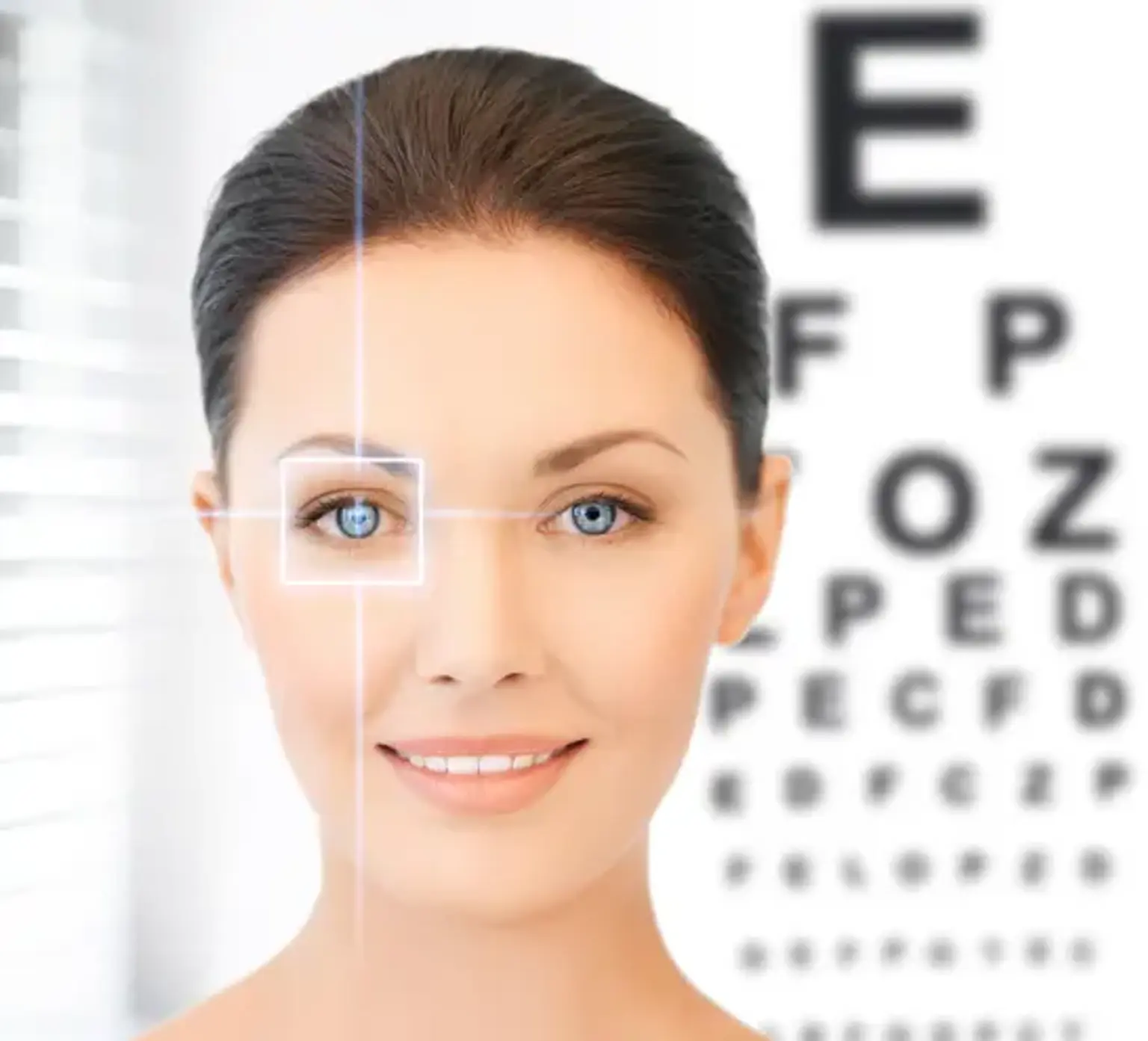Corneal Refractive Surgery (Both Eyes)
Overview
Refractive surgery is a way for repairing or enhancing your eyesight if you have a refractive defect such as nearsightedness (myopia), farsightedness (hyperopia), astigmatism, or presbyopia. There are several surgical methods for reshaping the cornea, or transparent, circular dome at the front of the eye, to repair or alter your eye's focusing capacity. Other treatments include inserting a lens into your eye. LASIK (laser-assisted in situ keratomileusis) is the most common type of refractive surgery, in which a laser is used to reshape the cornea.
Certain refractive surgical treatments for nearsighted persons will minimize the curvature of a too steep cornea, reducing the eye's focusing capacity. Following surgery, images that are concentrated in front of the retina due to a longer eye or a sharp corneal curvature are pushed closer to or directly onto the retina.
Farsighted persons will have refractive surgery to obtain a steeper cornea, which will boost the eye's focusing capacity. Images that are focused beyond the retina as a result of a short eye or a flat cornea will be brought closer to or directly onto the retina following surgery.
